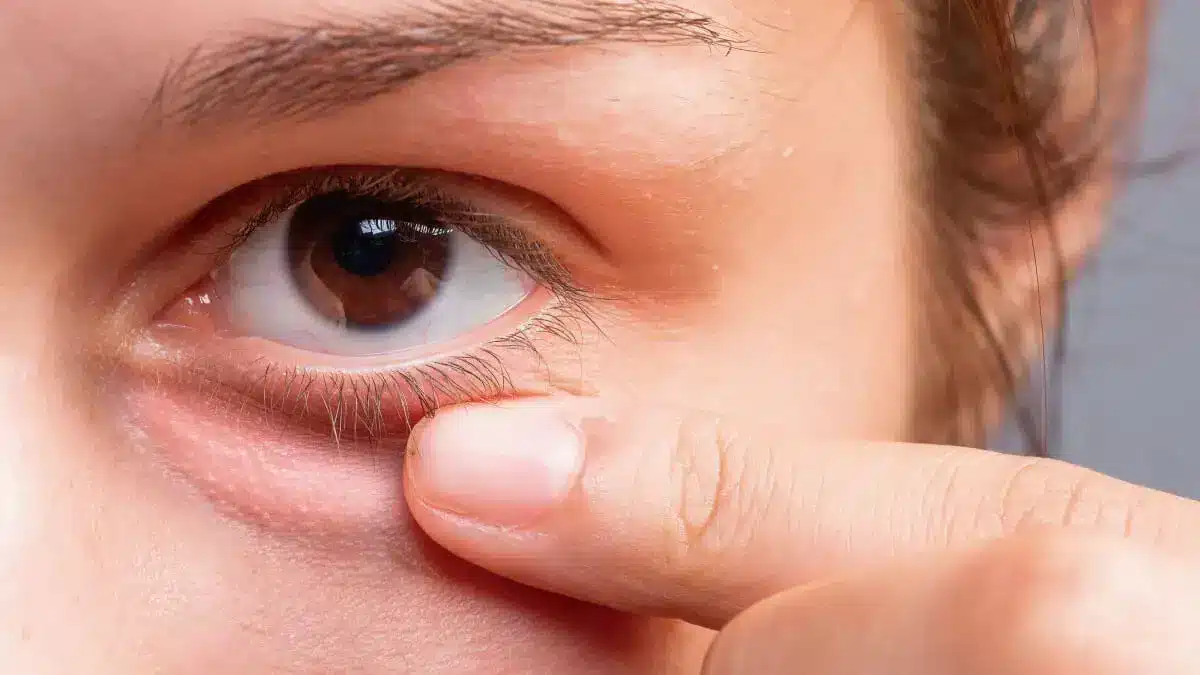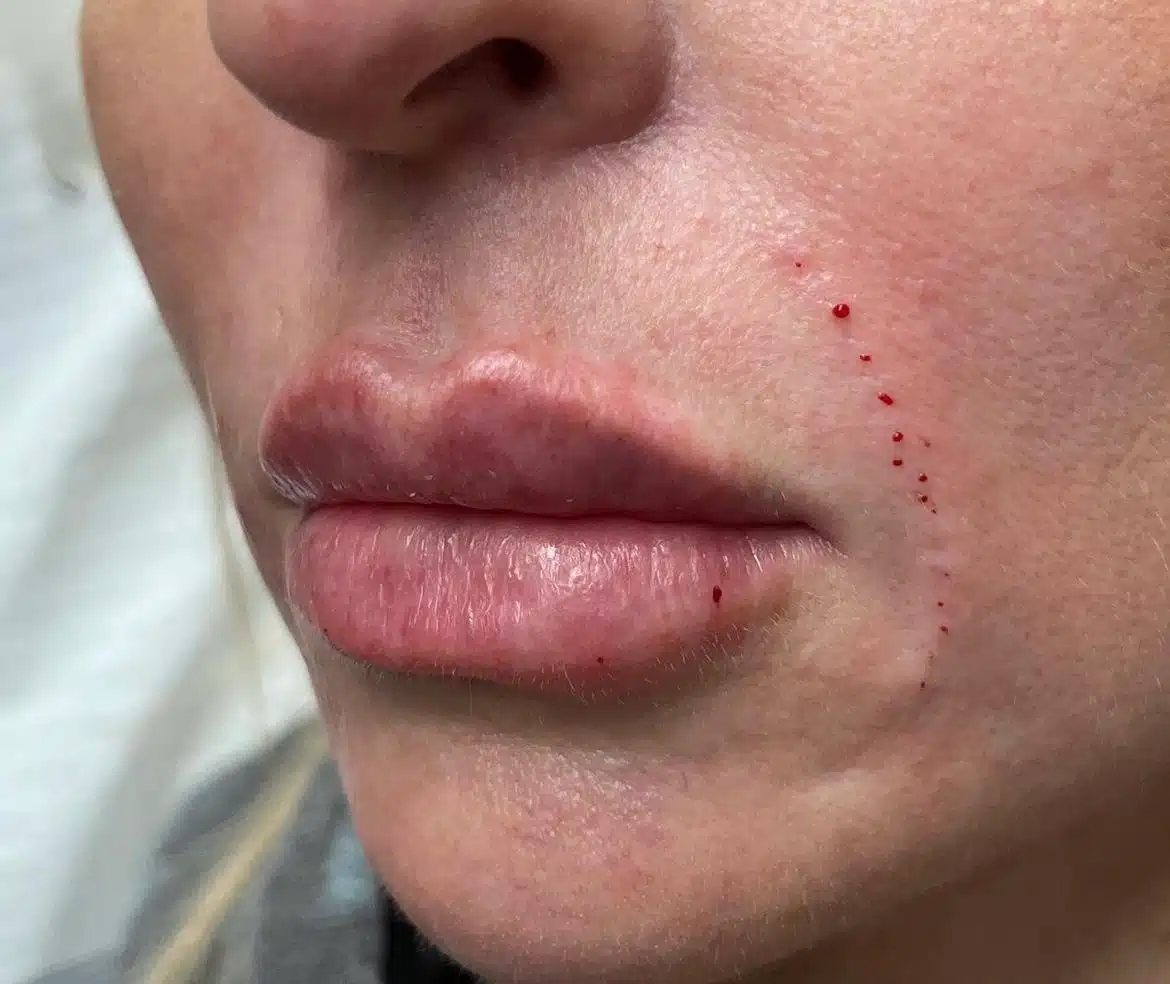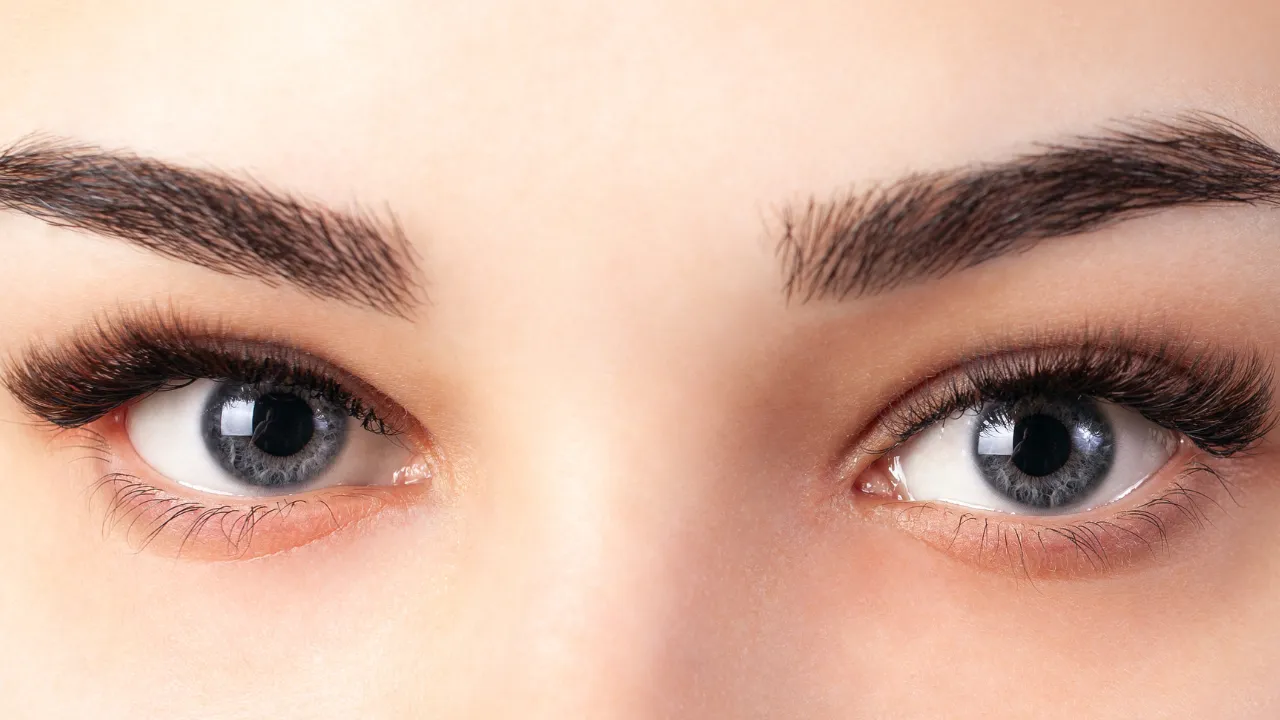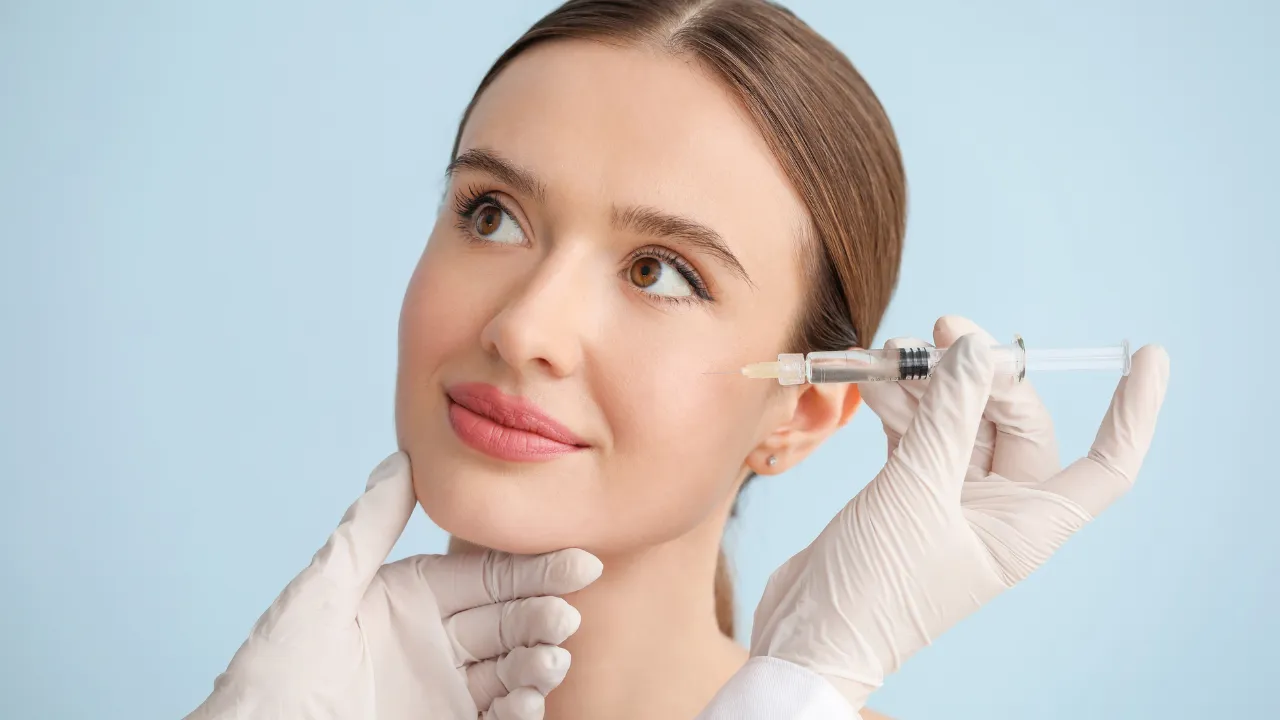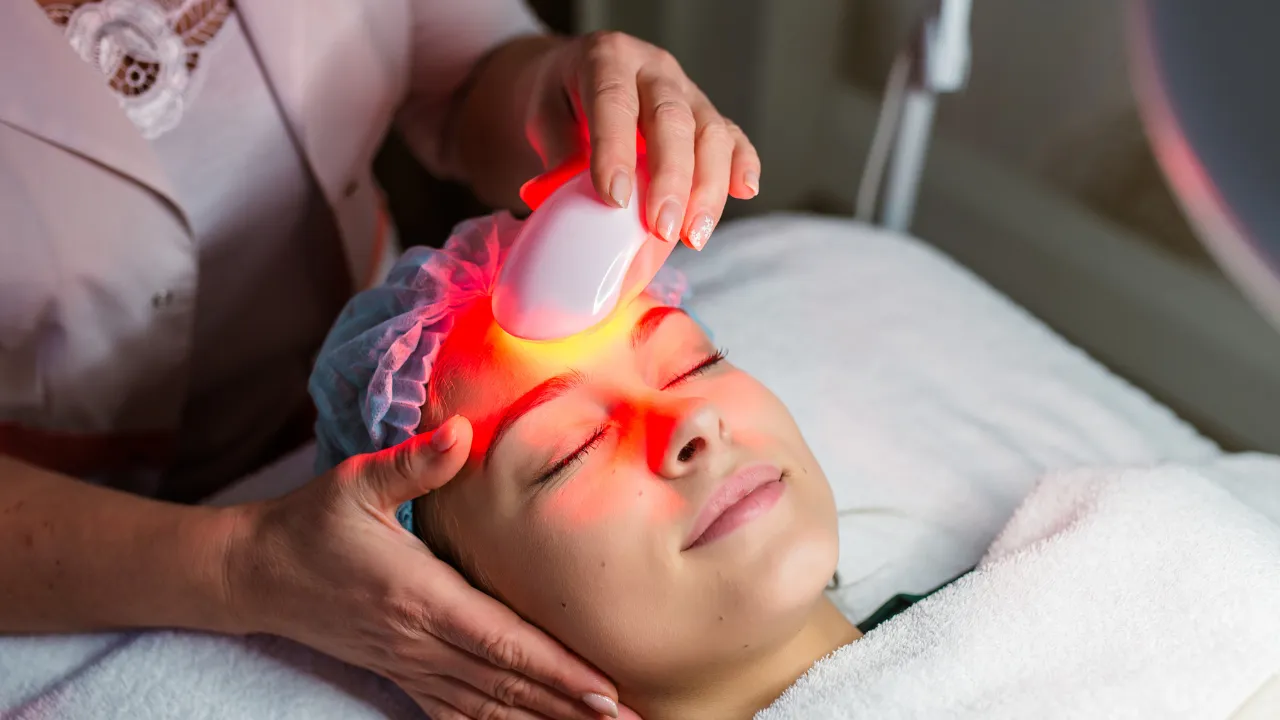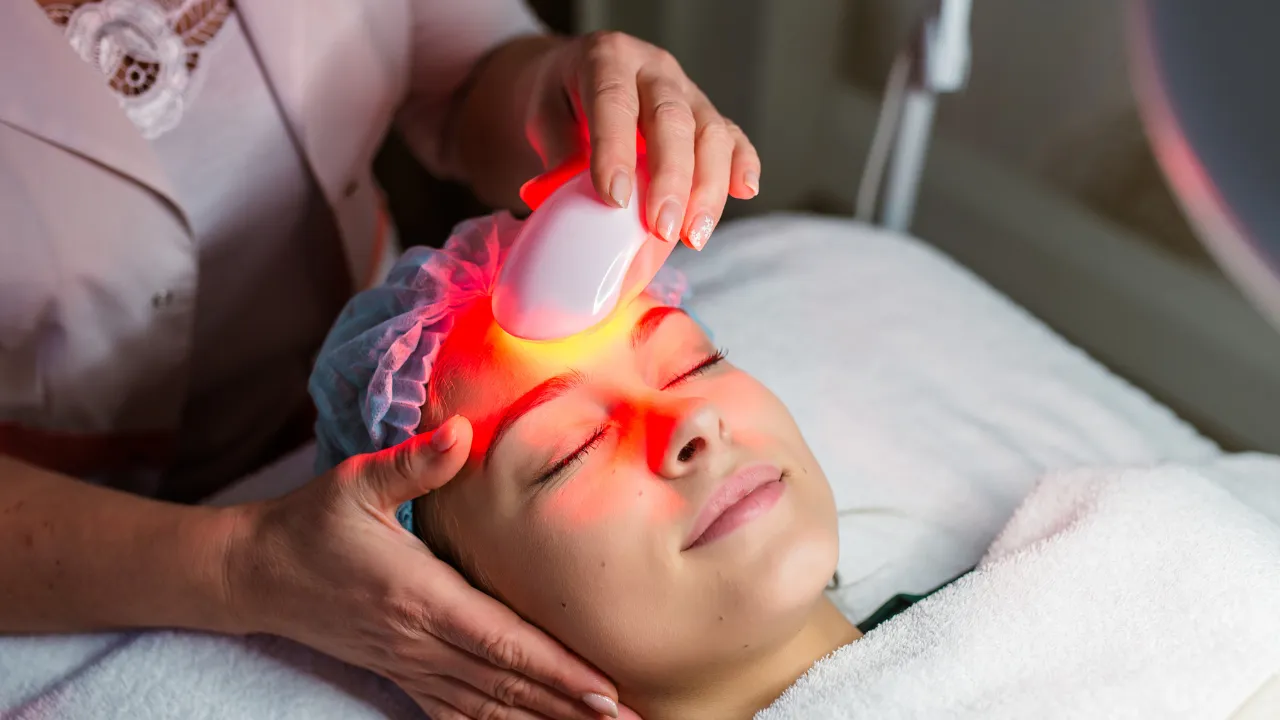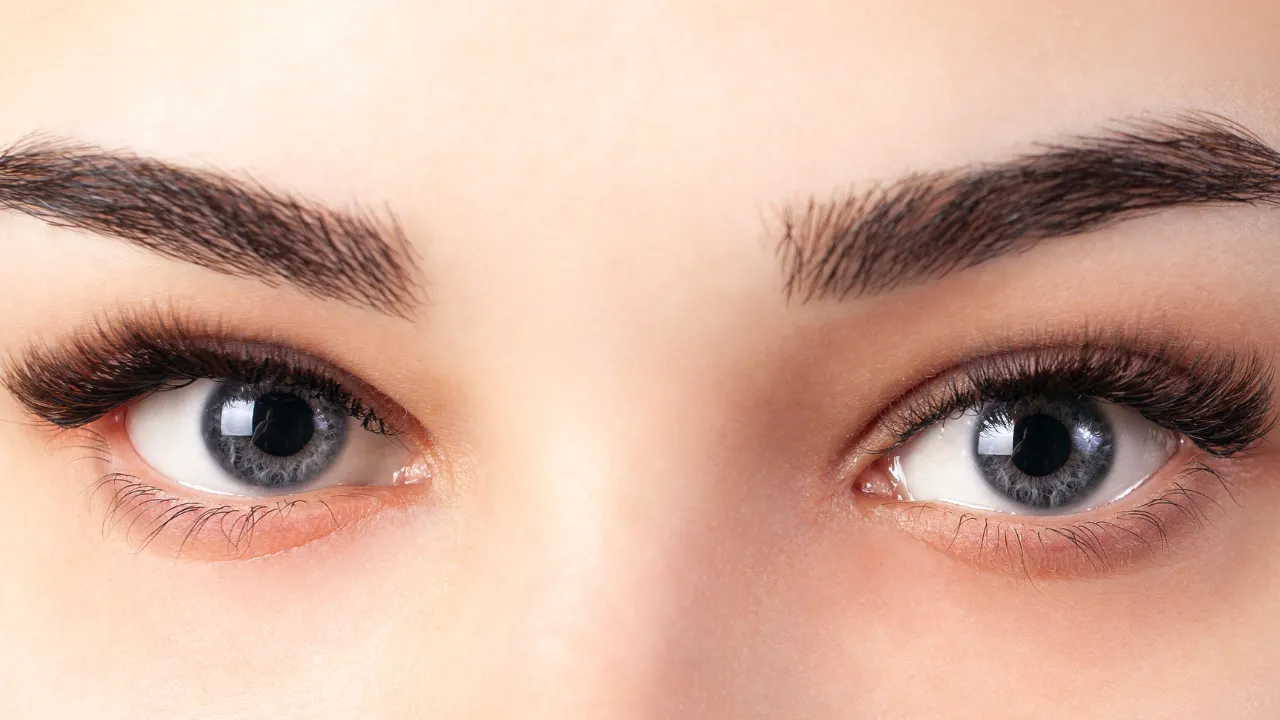When an under-eye filler goes wrong, it can cause puffiness, lumps, or a bluish tint under the eyes.
These problems often happen when fillers are injected too close to the skin or by someone without proper training. In Under Eye Filler Gone Wrong: Photos, Risks, and Treatment, you’ll learn what causes these issues, how to spot early signs, and how to fix them.
The best way to avoid mistakes is to understand the risks of under-eye fillers, choose skilled practitioners, and follow safe tear trough treatment methods.
Dr. Joel Kopelman, an oculoplastic and facial plastic surgeon at Kopelman Aesthetic Surgery in New York City, has over 35 years of experience treating under-eye filler issues. He helps patients restore a natural, balanced look through precise, medically guided care.
Table of Contents
ToggleKey Takeaways
- Under-eye filler complications often come from poor technique or treating patients who aren’t good candidates.
- Common issues include bruising, swelling, puffiness, and the Tyndall effect, which can make skin look bluish.
- Hyaluronic acid fillers can be safely dissolved by specialists like Dr. Joel Kopelman.
- Rare but serious risks, such as blocked blood flow or tissue damage, require immediate medical care.
- Choosing a qualified provider helps you avoid long-term complications and achieve natural results.
Why Under Eye Fillers Go Wrong
Under-eye filler treatments can refresh your look, but mistakes during the procedure can lead to uneven or puffy results.
The tear trough area is delicate, with thin skin and many blood vessels. When too much filler is used or injected too high, it can lead to visible swelling or uneven texture.
Mistakes happen when injectors use the wrong filler type, add too much product, or don’t fully understand facial anatomy. Even when hyaluronic acid fillers are used correctly, thin skin or puffiness can affect results.
To reduce under-eye filler risks, patients should only choose experienced practitioners. Oculoplastic surgeons like Dr. Kopelman understand the eye area well and use careful, personalized techniques to ensure safe results.
Common Causes and Injector Mistakes
- Filler was injected too close to the skin surface.
- Using the wrong filler type for thin skin.
- Treating patients with puffiness or fluid buildup.
- Adding too much filler to hide dark circles.
Even small errors in injection depth or filler choice can cause unevenness or swelling. Careful evaluation helps decide if filler or other aesthetic treatments would be safer or more effective.
How Bad Under Eye Filler Looks and Feels
A bad under-eye filler result can make your face look swollen or tired instead of smooth and rested. You might notice shadowing, bumps, or firmness under the skin.
These problems can make eye bags worse instead of better. Dr. Kopelman explains that many of these cases, including a botched tear trough filler gone wrong, can be safely corrected or dissolved by an experienced specialist.
Who Is and Isn’t a Good Candidate for Under-Eye Fillers
Not everyone is a good candidate for under-eye filler. People with chronic puffiness, large eye bags, or fluid buildup often get poor results. Thin skin or deep hollows can also make filler visible.
Dr. Kopelman recommends reviewing your skin condition, anatomy, and medical history before treatment. This ensures smooth, natural results and reduces the risk of complications.
Good candidates:
- Mild to moderate hollowness under the eyes.
- Firm, elastic skin.
- Minimal swelling or allergies.
Should avoid filler:
- People with large fat pads or chronic puffiness.
- Those with sinus or allergy problems.
- Anyone seeking permanent results.
The Riskiest Areas for Filler Injections
The tear trough area is one of the hardest and riskiest to treat. It’s close to important blood vessels, and a mistake can cause pain, tissue damage, or vascular occlusion. Because of this, only qualified medical professionals should perform this cosmetic procedure.
Experienced injectors use thin cannulas, slow techniques, and small amounts of filler to reduce risk. Understanding anatomy is key to preventing severe side effects.

Rare but Serious Filler Risks (FAQ)
Even though under-eye filler side effects are rare, knowing them helps you act quickly if problems occur.
Common questions about rare risks:
- Can filler cause blindness?
- Rarely, if filler enters a blood vessel near the eye, it can block blood flow and affect vision.
- What is tissue necrosis?
- It’s when filler limits blood flow, leading to localized tissue damage.
- Are these risks treatable?
- Yes, most effects can be reversed if treated quickly by an expert using dissolving agents.
Dr. Kopelman and other oculoplastic surgeons use safe techniques and mapping to reduce these potential complications.
Recognizing Complications and Side Effects
Spotting problems early helps prevent lasting damage. Most issues appear within days or weeks after injection.
Bruising, Swelling, and the Tyndall Effect
Bruising and swelling are common right after tear trough filler treatments. In some cases, filler placement near blood vessels can cause noticeable tear trough filler bruising that lasts several days.
The Tyndall effect – a bluish tint under the skin – occurs when filler sits too close to the surface. It can be fixed safely with hyaluronidase.
Swollen Pockets and Uneven Results
Swollen pockets can result from trapped fluid, filler migration, or local inflammation. Uneven texture appears when filler shifts or spreads unevenly under the eyes.
A qualified oculoplastic surgeon can decide whether to dissolve or adjust the filler for smoother, more natural results.
Long-Term Changes and Side Effects After 2 Years
Some filler can remain in the tissue for up to 2 years, leading to delayed swelling or tired-looking eyes. These long-term effects usually happen when too much filler is used or placed too deeply.
Regular follow-ups with experienced practitioners help maintain balanced and natural-looking results.
Expected Recovery Timeline After Tear Trough Filler
Recovery depends on the patient, but most swelling goes down in one to two weeks. Final results appear after two to three months.
| Time Frame | What Happens | Care Tips |
| Day 0–3 | Mild swelling, tenderness | Apply cold compresses, avoid rubbing |
| Days 4–7 | Bruising fades | Sleep with your head elevated |
| Week 2–4 | Filler settles | Resume normal skincare |
| Month 2–3 | Final results visible | Schedule a follow-up |
| After 1–2 Years | Gradual filler breakdown | Learn how long under eye fillers last |
Contact your provider if you notice redness, pain, or vision changes after treatment.
Real Cases and Before-and-After Photos
Before-and-after photos show how careful correction can restore a natural appearance. Patients with puffiness or discoloration often notice a significant improvement after adjustment.
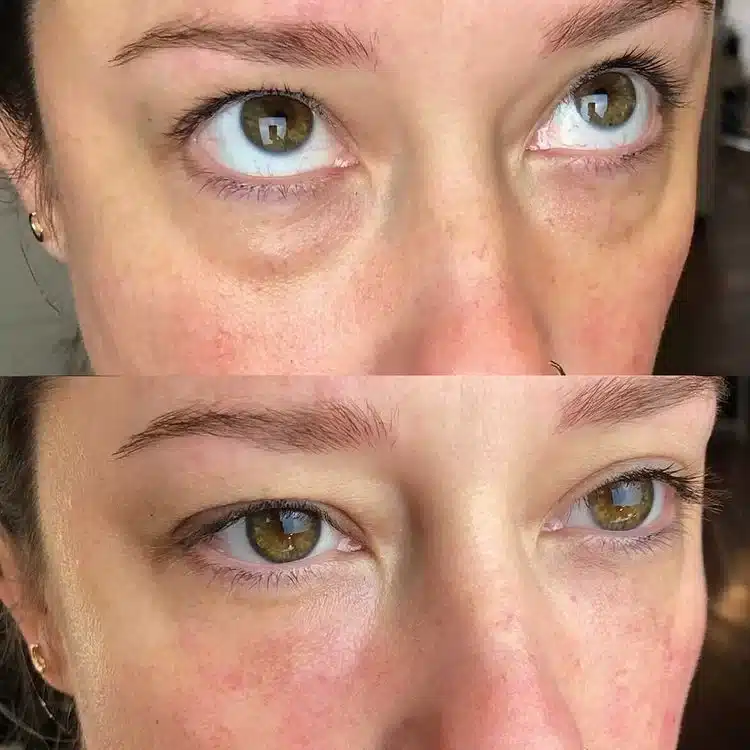
Under Eye Filler Gone Wrong Pictures and Examples
Images showing puffiness, lumps, or discoloration highlight how technique affects results. These examples show why choosing a skilled injector is essential.

When Under Eye Fillers Ruined Facial Balance
Overfilled or uneven tear troughs can disrupt facial balance. A subtle, conservative approach creates more natural and youthful results.
Fixing Botched or Bad Filler Results
Fixing under eye filler issues depends on the filler type and cause. Hyaluronic acid fillers can be dissolved, while other materials might require surgical correction.
Under Eye Filler Gone Wrong: Treatment Options
Dr. Kopelman uses targeted techniques to correct filler complications. Common solutions include:
- Dissolving the filler with hyaluronidase.
- Cold compresses to reduce swelling.
- Follow-up injections for better symmetry.
Each case needs an individual plan to restore balance and prevent further problems.
How to Fix Botched Under-Eye Fillers
A botched tear trough filler gone wrong needs careful evaluation. The specialist identifies whether the issue comes from filler migration, swelling, or an allergic reaction. Once the cause is clear, the safest correction method can be chosen.
Dr. Kopelman uses advanced tools and gentle techniques to locate the filler accurately and correct it effectively.
How to Get Rid of Under-Eye Filler Naturally
Mild unevenness can fade as the filler breaks down naturally. Staying hydrated and massaging the area gently can help. However, if symptoms last, professional treatment is safer and more predictable.
Can Under Eye Fillers Be Reversed Safely?
Yes, hyaluronic acid fillers can be dissolved safely with hyaluronidase. This process should be performed only by a skilled oculoplastic surgeon familiar with the tear trough area and its potential complications.
Preventing Future Problems and Choosing Wisely
Avoiding problems starts with choosing a board-certified expert and keeping realistic expectations.
How to Choose a Qualified Provider
Only seek treatment from specialists who have proven experience in the eye area.
Qualified injectors:
- Have verified credentials.
- Use safe, sterile methods.
- Understand advanced facial anatomy.
Questions to Ask Before Treatment
Before any filler appointment, ask:
- Am I a good candidate for under-eye fillers?
- What are the potential complications?
- How long do results last?
Under Eye Filler vs. Natural Rejuvenation Options
Not everyone benefits from filler. Alternatives such as eyelid surgery, laser resurfacing, or cheek fillers to help eye bags can offer lasting improvement. A consultation determines which cosmetic treatment best fits your needs.
Emotional Recovery and Regaining Confidence
A bad filler experience can be emotional. Dr. Kopelman and his team focus on patient comfort and confidence, helping individuals feel and look their best again.
Kopelman Aesthetic Surgery continues to lead in safe and effective aesthetic treatments for the eye area. Through skill, patient education, and integrity, Dr. Joel Kopelman delivers lasting, natural results for those needing correction or improvement after under-eye filler complications. If you’re ready to explore your options and restore your confidence, schedule a consultation with Dr. Kopelman today.


